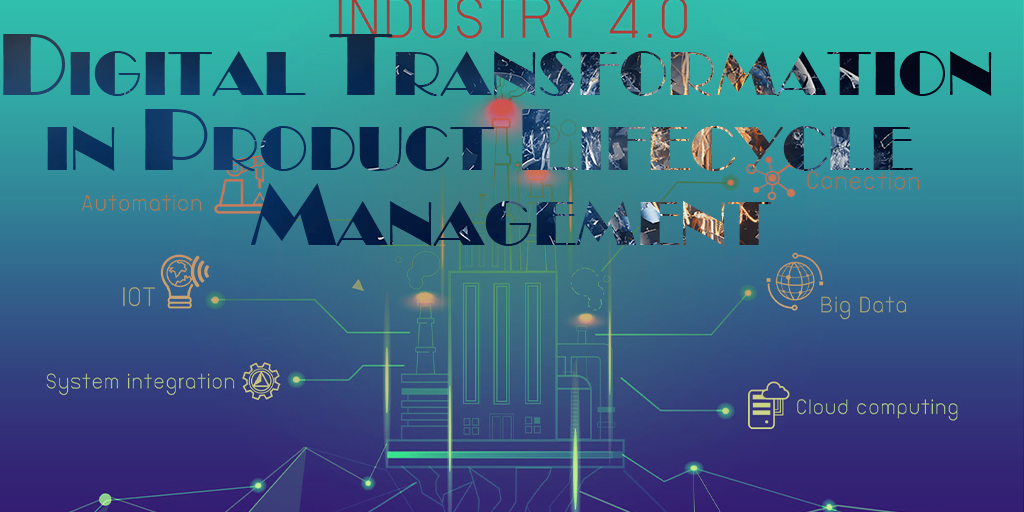PLM’s major purpose is to eliminate as well as identify waste in the product manufacturing procedure. It helps and automate product data management, together with share those product details across the organization and also with enterprise resource planning (ERP) system. Comprehending the different abilities of PLM components is an essential activity. PLM digital transformation attach every stage of design, development, sourcing, producing as well as services in the digital area with one of the most updated and accurate solitary sources of actionable reality. PLM supplies real-time, on-line product data access for design layout besides product advancement groups and the capacity to collaborate with distributors and companions. Enterprises that look for to end up being skilled in innovative manufacturing needs to incorporate PLM tools likewise incorporate information throughout the supply chain to be effective. CAD and PLM can rapidly share visual product details with vital decision makers across cross functional departments, from design via quality control.

In present scenario most of the PLM solution are cloud-based, market-driven, mobile, completely configurable, concentrated on advancement along with finest techniques to aid manufacturers, able to accomplish faster time to market with greater product margins, more than it needs to be data driven which becomes one of the essential factors to consider starting off with digital transformation. Advancement is a fundamental part of any business of manufacturing industry. Artificial Intelligence, Machine Learning, Big data, IIoT or Smart manufacturing are the neologism found today across business magnates. Emphasis of PLM continues to be in product as well as additionally profile monitoring, needs administration, organization analysis, guarantee and compliance administration.
PLM implementations are much quicker, much less complicated, along with the procedures, additionally predictive analytics are added pertinent to the target enterprise. Out-of-the-box, template-based techniques offer reasonably excellent unique standard PLM process flows.
Industry 4.0 implies developing and producing a product not just durables for the internet of things, yet also equipment’s, manufacturing plants along with smart devices. To attain this, it is required to digitally include the industrial value chain throughout the whole product lifecycle. The structure of this digitalization is nothing much less than PLM.
PLM can be taken advantage of as a synchronization tool in between team member managing the specific same product design and development tasks. With this approach, however, it does restrict the level of PDM and also PLM within the organization. Getting the scope of a connected and collaborative PDM application right is arguably one of the most crucial consideration for small businesses. Picking the ideal PLM software application can offer a firm in any type of industry with a solid structure that can be conveniently expanded right into a complete connected PLM system in this Industry 4.0. Industry 4.0 have really caused change much faster than previous industrial revolution. Manufacturers will absolutely need to adjust as well adapt to modern innovative technologies.
Having a long history in the manufacturing industry, PLM is the core digital enterprise. The Internet of things along with artificial intelligence extra deal substantial possibilities for PLM. The more data that collect from each part of the process, the better the capability. This digital transformation gives unrivaled opportunities for improving efficiency besides real-time process surveillance, yet it furthermore offers new challenges that call for ingenious options besides a new way of reasoning.


